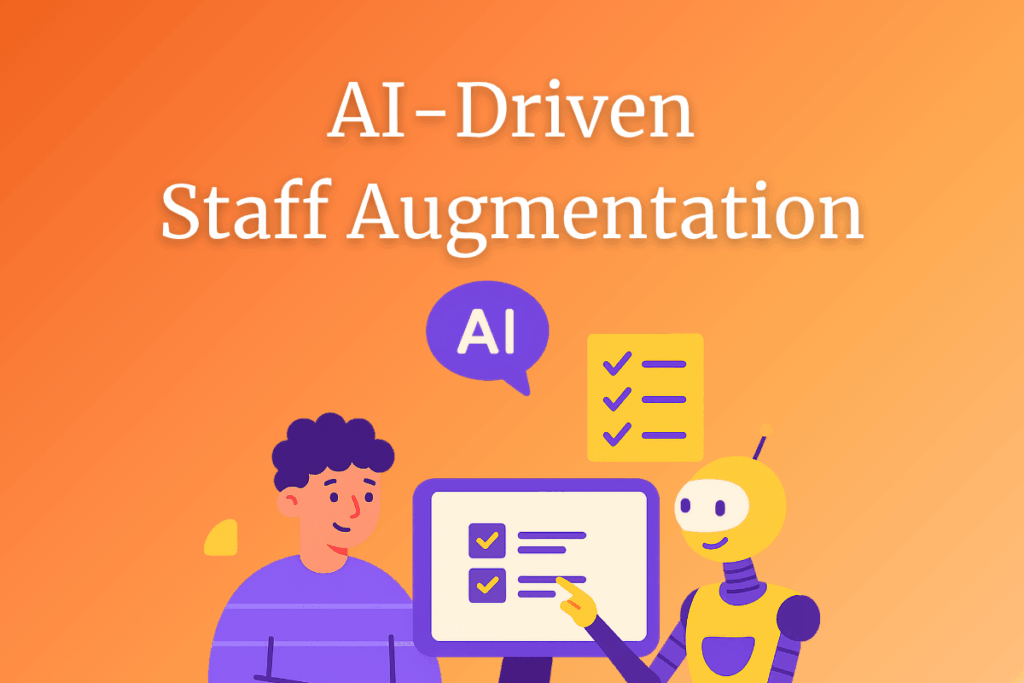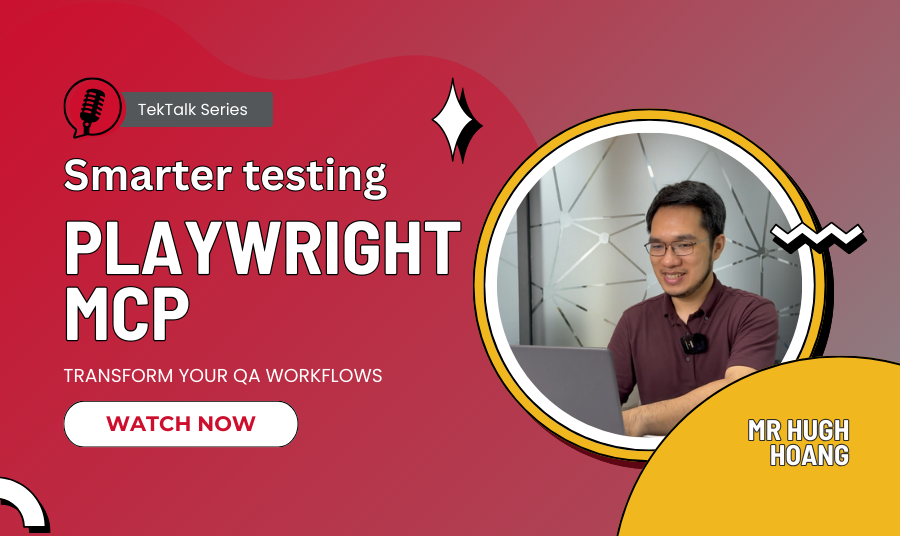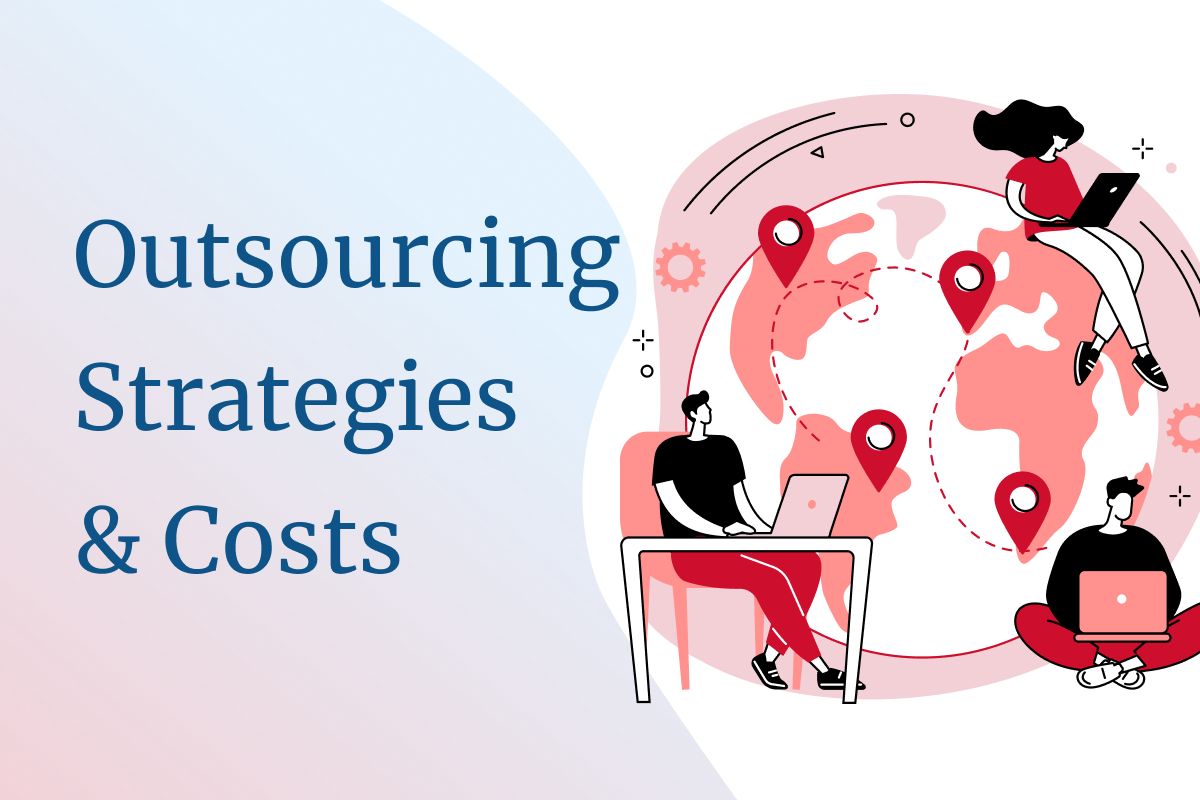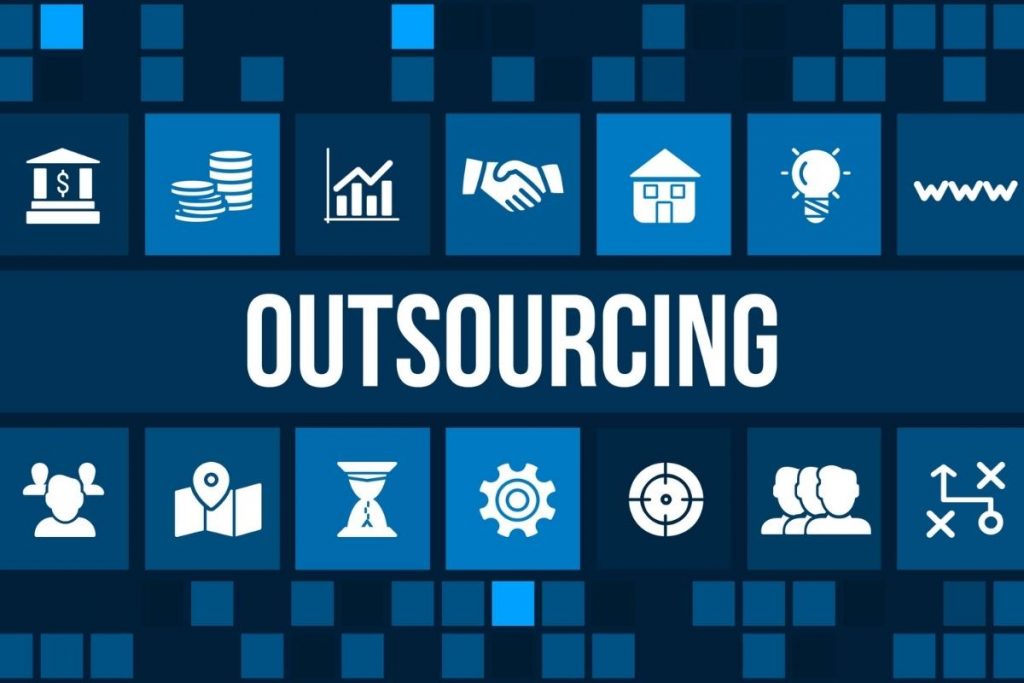Staff augmentation has emerged as a transformative strategy for Australian small and medium enterprises (SMEs) navigating the digital transformation era. With 83% of Australian companies planning to hire over 60% of their workforce as remote workers in 2025, the landscape of talent acquisition is rapidly evolving. The convergence of AI technologies, the normalization of remote work, and acute skills shortages has created unprecedented opportunities for SMEs to access global talent pools while maintaining operational flexibility and cost efficiency.
Australia’s IT outsourcing market is projected to reach US$21.26 billion by 2029, growing at an annual rate of 8.41%, reflecting the increasing reliance on external expertise. For SMEs, this represents a critical inflection point where traditional hiring models must give way to more agile, technology-driven approaches to managing their workforce.
Understanding Staff Augmentation in the Digital Age
What is Staff Augmentation?
Staff augmentation represents a strategic outsourcing approach in which companies temporarily hire external, skilled professionals to fill specific roles or address skill gaps within their existing workforce. Unlike traditional outsourcing, augmented staff work as extensions of the in-house team, allowing companies to retain control over project direction and quality while accessing specialized expertise on demand.
The Australian IT industry has seen a notable increase in the adoption of staff augmentation strategies. By the mid-2010s, the demand for IT professionals surged due to the rise of digital transformation initiatives across various sectors. Businesses began to leverage IT staff augmentation not only as a means of filling skill gaps but also as a core strategy for enhancing operational agility and accelerating project timelines. The approach enabled companies to respond swiftly to project requirements while managing costs effectively, thereby cementing their role in modern business strategies.
Core Benefits for Australian SMEs
Access to Specialized Skills: Staff augmentation enables businesses to immediately access a diverse pool of specialized skills. Australian SMEs can quickly onboard experts in critical areas such as cybersecurity, cloud computing, AI, and data science. This is particularly valuable, given that 53% of SMEs report a lack of skilled or qualified applicants as their primary hiring obstacle. In a rapidly evolving tech landscape, businesses must stay competitive by leveraging cutting-edge technologies.
Cost Efficiency: One of the most compelling benefits of IT staff augmentation is its cost-effectiveness. Staff augmentation eliminates overhead costs associated with full-time employees, including benefits, training, and infrastructure expenses. SMEs pay only for the talent needed during specific periods, creating predictable budget allocations. This flexibility not only helps businesses manage their financial resources more effectively but also ensures that they can quickly adapt to changing project demands without incurring additional overhead.
Scalability and Flexibility: The flexibility of IT staff augmentation is another significant advantage. Teams can be scaled up or down rapidly to match project demands. This agility is crucial for SMEs operating in volatile markets where resource requirements fluctuate significantly.
Accelerated Time-to-Market: Pre-vetted augmented staff can integrate quickly, reducing onboarding time and accelerating project delivery, a critical advantage in competitive markets.
The Australian Context: Digital Transformation Pressures
Skills Shortage Crisis
Australia faces a severe digital skills shortage, which costs businesses approximately $9 million per day. The tech talent shortage has intensified post-pandemic, with over 83% of companies struggling to find workers with the right skillsets. This crisis is particularly acute for SMEs, which must compete with larger enterprises for scarce talent while operating under budget constraints.
Digital Adoption Imperatives
Despite these challenges, Australian SMEs are rapidly embracing digital transformation. NAB’s 2025 research reveals that 41% of SMEs are increasing their technology investments, with priorities including:
- AI integration (33% of SMEs planning implementation)
- Cybersecurity strengthening (critical given that 60% of Australian SMEs have experienced cyber incidents)
- Cloud migration (with 55% of businesses now using paid cloud services)
Economic Pressures
SMEs face mounting cost pressures, with most business owners expecting operating expenses to rise in 2025. This economic reality makes the pay-as-you-go model of staff augmentation increasingly attractive compared to the fixed costs of permanent hiring.
AI-Powered Staff Augmentation: The New Paradigm
Revolutionary Recruitment Technologies
The integration of AI into staff augmentation represents a fundamental shift in how talent is identified, assessed, and deployed. Over 70% of businesses will use AI tools to streamline hiring in 2025, with these technologies offering:
- Automated Candidate Screening: AI algorithms analyze resumes, portfolios, and skill assessments to identify optimal matches with 85% accuracy in talent forecasting.
- Predictive Analytics: Advanced systems anticipate staffing needs based on project pipelines, market conditions, and historical patterns, enabling proactive resource planning.
- Skills-Based Matching: AI platforms consider both technical competencies and cultural fit factors, ensuring better team integration and project success rates.
Generative AI Impact
The surge in Generative AI adoption has created new specialized roles requiring staff augmentation, including:
- AI/ML Engineers and Data Scientists
- Prompt Engineers and AI Trainers
- Data Annotators and Machine Learning Operations Specialists
These emerging roles require highly specialized skills that are difficult to develop internally, making staff augmentation essential for SMEs wanting to leverage AI capabilities.
The Australian Remote Work Advantage
Australia leads globally in remote work adoption, with 97% of organizations offering flexible remote setups. This transformation enables SMEs to:
- Access Global Talent Pools: Geographic boundaries no longer limit talent acquisition, allowing SMEs to find specialized expertise regardless of location.
- Implement 24/7 Development Cycles: Strategic time zone management enables continuous project progress through distributed teams.
- Reduce Operational Overhead: Lower office space requirements and infrastructure costs create budget flexibility for talent investment.
Hybrid Work Models
Major Australian employers are implementing hybrid approaches, with companies like Woolworths requiring office presence three days per week. This trend creates opportunities for staff augmentation providers to offer flexible arrangements that complement internal team structures and workflows.
High-Demand Skill Areas
The “Holy Trinity” of AI, Analytics, and Cloud continues driving staff augmentation demand, with specific focus areas including:
- Cybersecurity Expertise: With AI-powered attacks becoming more sophisticated, SMEs need specialized security professionals to implement robust defense mechanisms.
- Blockchain Development: The growing demand for blockchain staff augmentation services reflects the increasing adoption of decentralized technologies and digital transformation initiatives.
- 5G Technology: The global rollout of 5G is projected to create 22.3 million jobs worldwide, with a significant 30% demand-supply gap for 5G talent.
- Edge Computing and IoT: The expansion of edge computing for IoT applications requires specialized deployment experts, who can be best accessed through staff augmentation.
Low-Code/No-Code Platform Integration
The rise of low-code and no-code platforms represents a significant opportunity for staff augmentation. These platforms can reduce app development time by up to 90%, creating demand for specialists who can maximize their potential while integrating with existing systems.
Common Challenges
IT staff augmentation offers numerous benefits, but it also presents various challenges that companies must navigate to ensure the successful integration of external talent into their teams.
Skill Mismatch and Poor Hiring Decisions
One of the primary challenges in IT staff augmentation is the risk of skill mismatch. Companies often rush the hiring process, resulting in the selection of developers who may not align with project requirements or the company’s culture. To mitigate this risk, it is crucial to collaborate with a technology staff augmentation partner that conducts thorough technical screenings and cultural fit assessments before onboarding candidates. Implementing trial engagements can also help verify the candidate’s suitability for the role and team dynamics.
Communication and Time Zone Gaps
Effective communication is vital for the success of IT projects, yet disparities in working hours and collaboration styles can create obstacles in the development cycle. Time zone differences may hinder real-time communication, slowing down project progress. To address these challenges, organizations should establish clear communication protocols and utilize project management tools to ensure all team members, whether in-house or augmented, remain aligned and informed throughout the project lifecycle.
Onboarding and Team Integration
The onboarding process for augmented staff must be distinct from traditional hiring methods. Effective onboarding is essential for reducing transition times and fostering trust within the team. Businesses should create an inclusive work environment that aligns augmented staff with internal goals, values, and culture. This alignment can significantly enhance productivity and team cohesion, ultimately improving the overall quality of software development.
Data Privacy and Security Concerns
As augmented IT resources often handle sensitive technologies and information, ensuring data privacy and security is paramount. Companies must implement robust measures, including intellectual property rights (IPR) clauses in contracts and non-disclosure agreements (NDAs). Additionally, incorporating data privacy regulations, such as GDPR, into agreements is crucial to safeguarding sensitive information and preventing data breaches.
Managing Project Expectations
Lastly, managing expectations regarding project timelines, quality assurance, and deliverables can be challenging when working with augmented teams. Companies should establish clear standard operating procedures (SOPs), escalation matrices, and payment terms from the outset. Doing so will ensure that all parties have a shared understanding of project goals and responsibilities, reducing the likelihood of misunderstandings and fostering a more productive working relationship.
Implementation Strategies for Australian SMEs
Getting Started with Staff Augmentation
Assess Current Capabilities: Conduct a comprehensive skills gap analysis to identify areas where external expertise can provide the greatest value.
Define Project Scope: Clearly articulate project requirements, timelines, and success metrics to ensure optimal selection of a staff augmentation provider.
Evaluate Provider Credentials: Research staff augmentation companies with proven Australian SME experience and relevant industry expertise.
Start with Pilot Projects: Begin with smaller, well-defined projects to test provider capabilities before scaling to larger initiatives.
Best Practices for Success
Integration Planning: Develop comprehensive onboarding processes to ensure augmented staff integrate effectively with existing teams and company culture.
Communication Protocols: Establish clear communication channels and reporting structures to maintain project visibility and control.
Knowledge Transfer: Implement systematic knowledge transfer processes to capture expertise and minimize dependency on external resources.
Performance Monitoring: Establish KPIs and regular review cycles to ensure staff augmentation delivers expected value and outcomes.
Future Outlook and Strategic Considerations
Emerging Trends to Watch
Blockchain-Based Skill Verification: The adoption of blockchain technology for skill verification will enable faster and more secure hiring processes, thereby reducing recruitment risks.
Quantum Computing Expertise: As quantum computing emerges, specialized talent will be in high demand, primarily through staff augmentation, due to its scarcity.
Predictive Analytics Integration: Leveraging predictive analytics for smart resource augmentation will enable more proactive workforce planning and yield better ROI on talent investments.
Long-Term Strategic Implications
Hybrid Workforce Models: The future will likely see permanent adoption of hybrid models combining in-house core teams with augmented specialists for specific projects and expertise areas.
Competitive Advantage: SMEs that master staff augmentation will gain significant competitive advantages through access to best-in-class talent and faster time-to-market for innovations.
Skill Development: Staff augmentation will become a key mechanism for technology transfer and internal capability building, as augmented professionals share knowledge with permanent teams.
Conclusion: Embracing the Future of Work
Staff augmentation represents more than a tactical solution to talent shortages – it embodies a fundamental shift toward more agile, efficient, and competitive business operations. For Australian SMEs, the convergence of AI technologies, the normalization of remote work, and increased global talent accessibility create unprecedented opportunities to compete with larger enterprises on a more level playing field.
Success in this new paradigm requires strategic thinking, careful implementation, and commitment to continuous adaptation. SMEs that embrace these changes will find themselves better positioned to navigate the digital transformation challenges ahead, access world-class talent, and achieve sustainable growth in an increasingly competitive marketplace.
The question for Australian SMEs is not whether to adopt staff augmentation, but how quickly they can implement it effectively to capture the substantial benefits this approach offers in the AI-driven economy of 2025 and beyond.
Contact SHIFT ASIA today to explore how our IT staff augmentation services can accelerate your projects. With expert engineers and domain specialists across fintech, healthcare, education, and more, we help businesses deliver high-quality software with agility and confidence.
ContactContact
Stay in touch with Us




